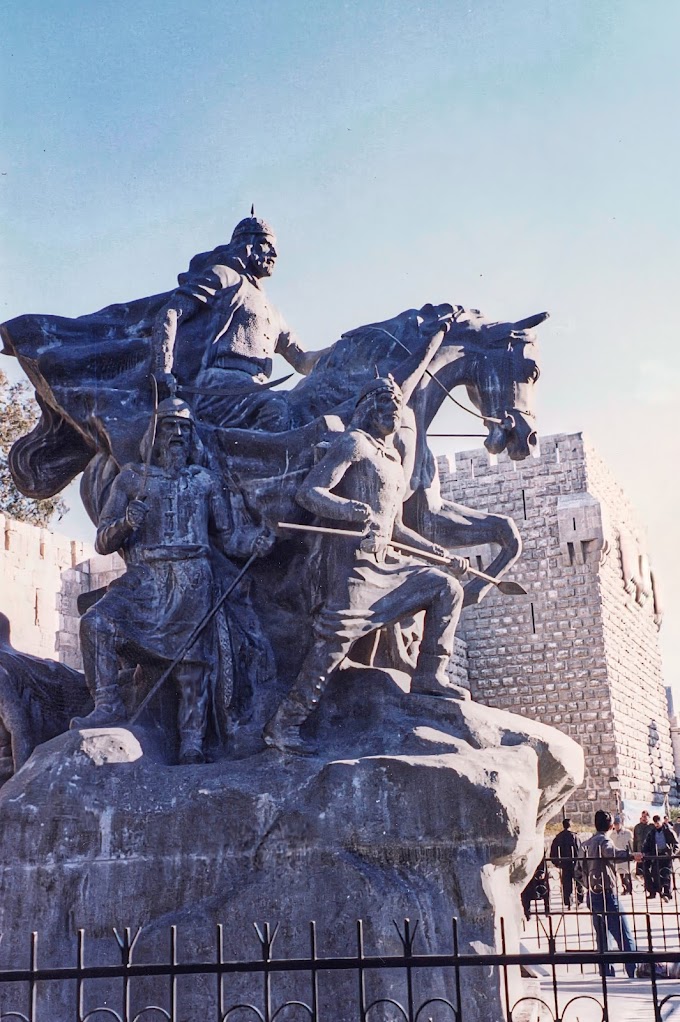How Planes Stay Safe in Harsh Canadian Winters
Canadian winters are notorious for their freezing temperatures, heavy snowfall, and icy conditions. For aviation, this means taking extra steps to ensure every flight is safe and on time. At the heart of these efforts is our Central Deicing Facility (CDF) – a massive operation dedicated to keeping planes clear of ice and snow, ready to soar through the skies.
The Scale of the Operation
The CDF operates like a well-oiled machine, employing 160 skilled staff members and utilizing a fleet of 36 specialized deicing trucks. Together, they have the capacity to deice up to 500 aircraft in a single day. Communication is key to this smooth operation, with the CDF teams working closely with pilots, equipment operators, and air traffic controllers to ensure the process is as quick and safe as possible.
Why Deicing is Essential
An aircraft’s wings and tail are meticulously designed to provide the lift and control needed for safe flight. When snow or ice accumulates on these surfaces, it disrupts the airflow, altering the aerodynamic shape and compromising the plane’s ability to generate lift or maintain stability. Even a small amount of frost can have a significant impact, making deicing an absolute necessity in winter conditions.
How Deicing Works
Once passengers are comfortably seated, the aircraft pushes back from the gate and makes a stop at the CDF before heading to the runway. Here’s a breakdown of what happens:
- Deicing Pads: The CDF is equipped with six dedicated deicing pads. Upon arrival, the plane is assigned to one, where multiple deicing trucks quickly converge
- Deicing Specialists: Each truck is operated by a Deicing Specialist, who sits in an elevated cab. This vantage point allows them to maneuver a spray arm with precision, ensuring every critical surface is treated.
- Glycol-Based Fluids: The planes are sprayed with heated glycol-based fluids that effectively melt ice and snow while protecting the aircraft’s surfaces. There are two types of fluids used:
- Type 1: A mix of glycol and water with a distinctive orange color, designed to break the bond between frost, ice, or snow and the aircraft. It’s applied with force to knock the buildup off the plane.
- Type 4: A bright green anti-icing fluid that prevents new snow or ice from adhering to the plane, particularly useful during ongoing snowfall.
Where the Fluid Goes
Once the deicing treatment is complete, the aircraft taxies away, but the work doesn’t stop there. Each deicing pad is sloped to direct the used glycol mixture into special drains that lead to massive underground storage tanks. These tanks, with a combined capacity of 15 million liters, hold the collected fluids until they can be measured, tested, and recycled for use in other markets. This process ensures that glycol runoff doesn’t impact the natural environment.
Watch the Process in Action
Check out these videos to see the deicing process up close:
Video 1: De-Icing
Video 2: Anti-Icing
Video 3: Putting it all together.
Video 4: Watching it all blow away.






0 Comments